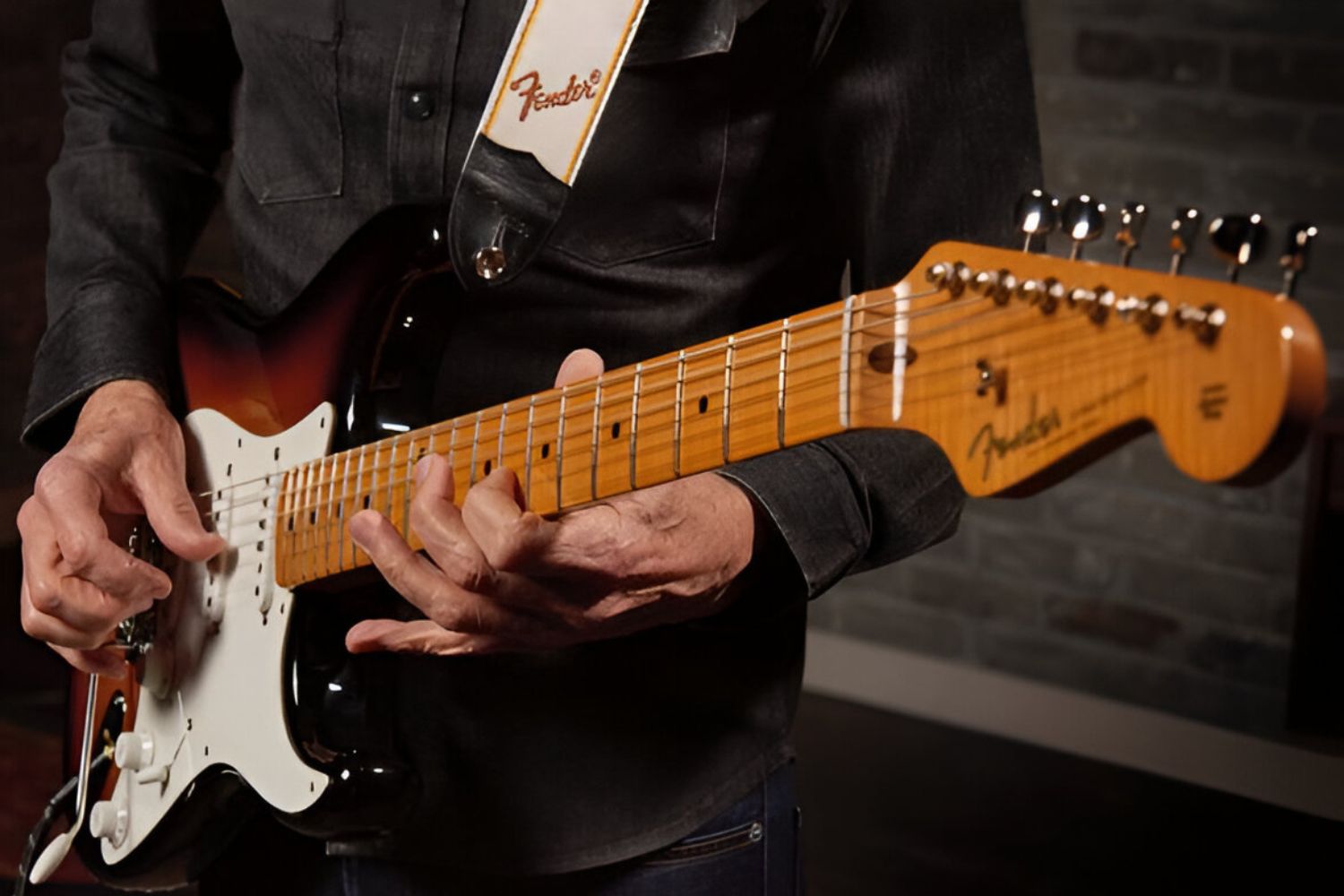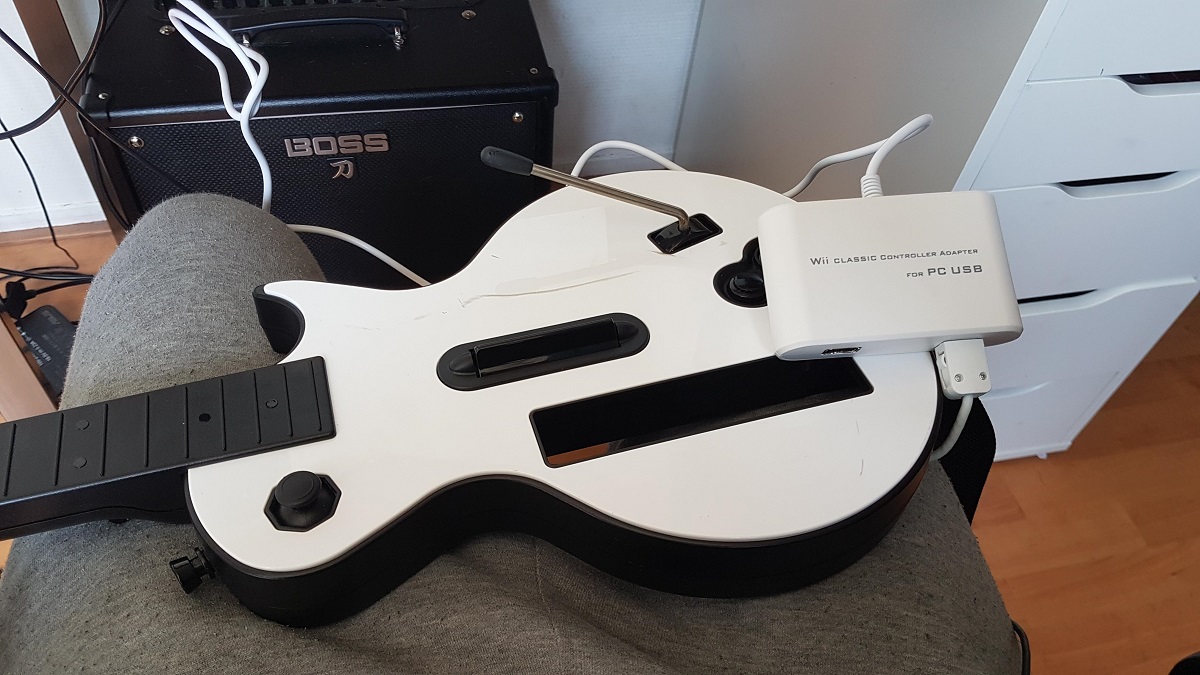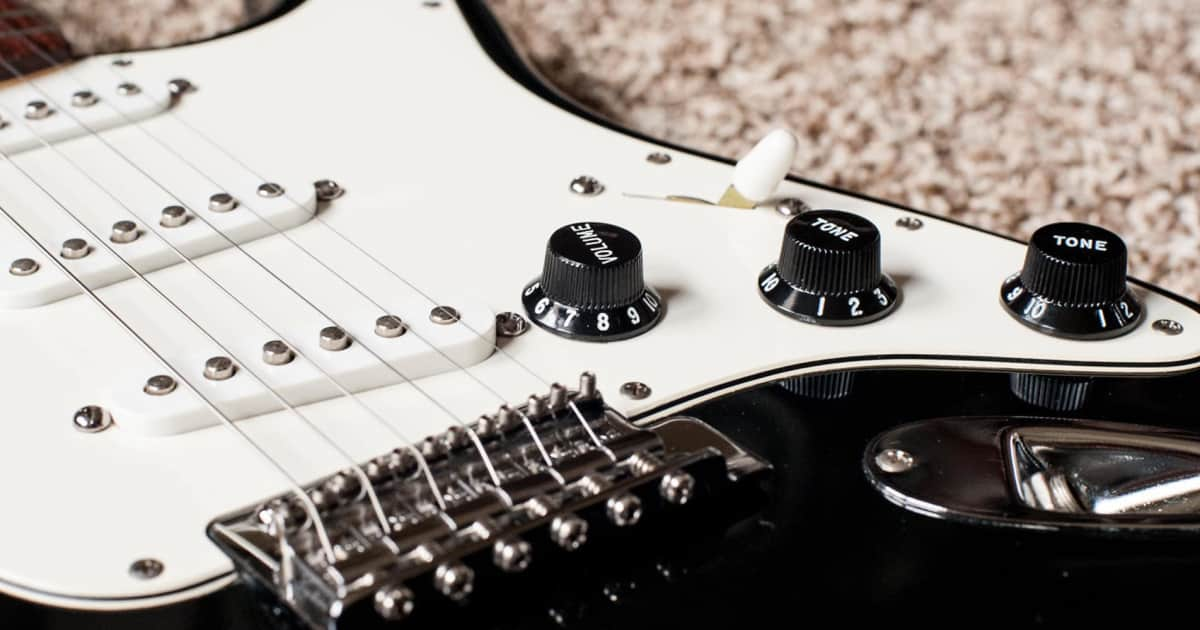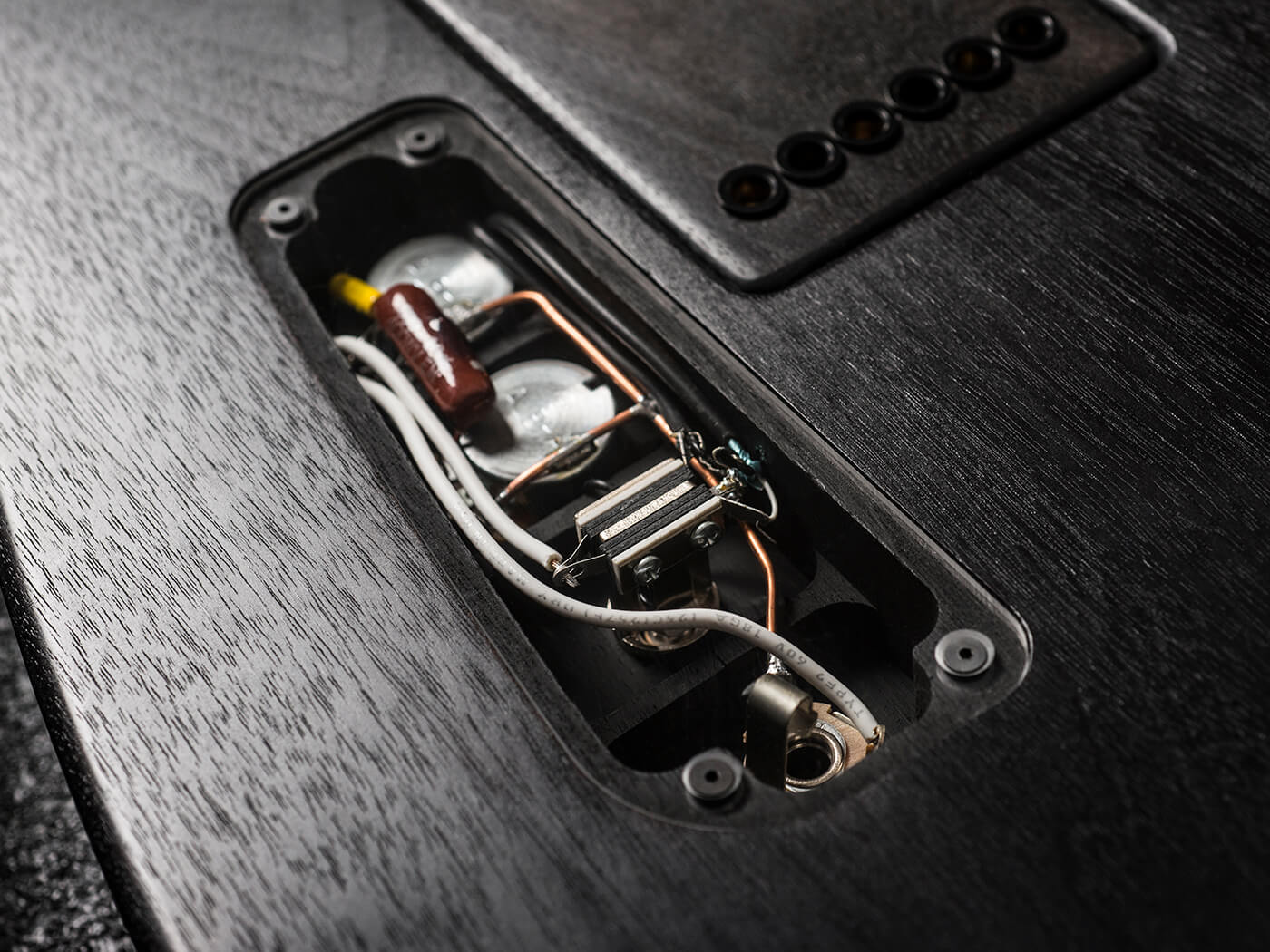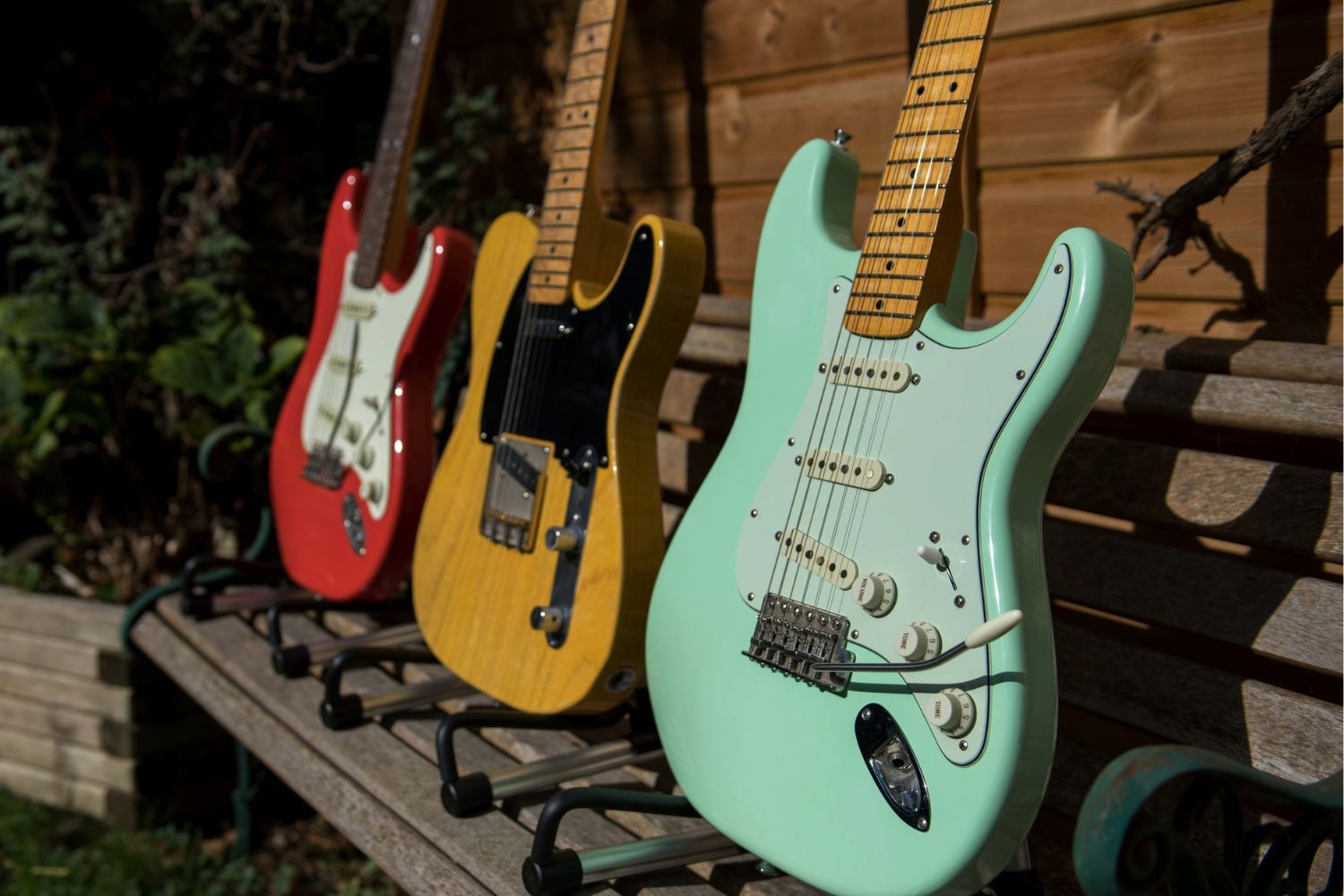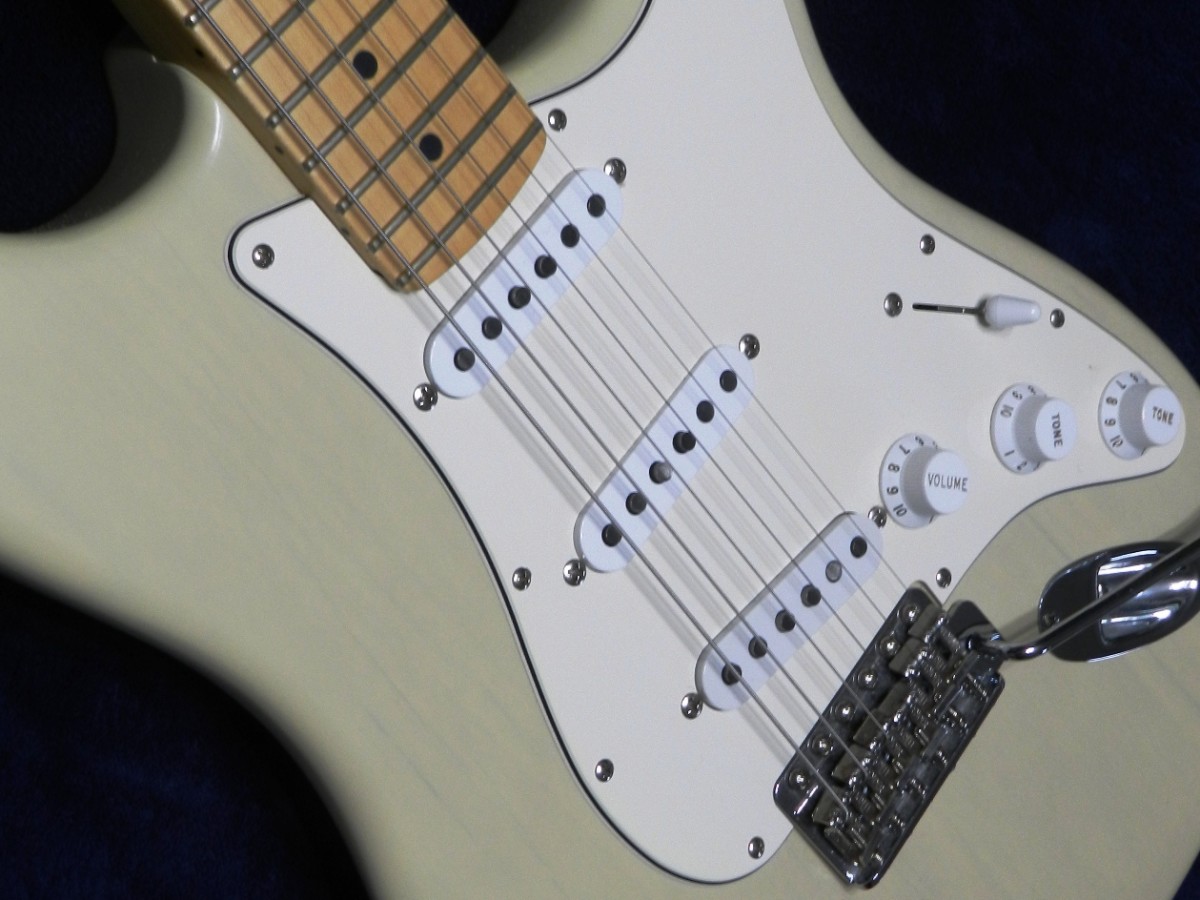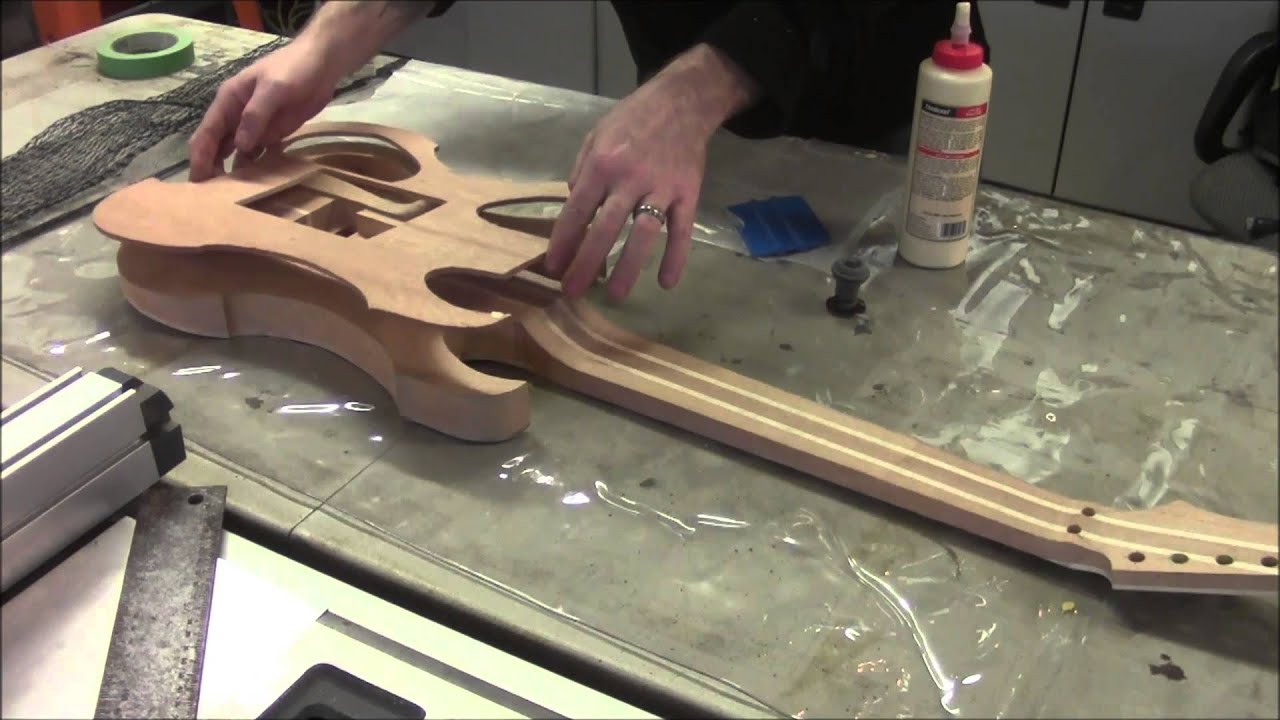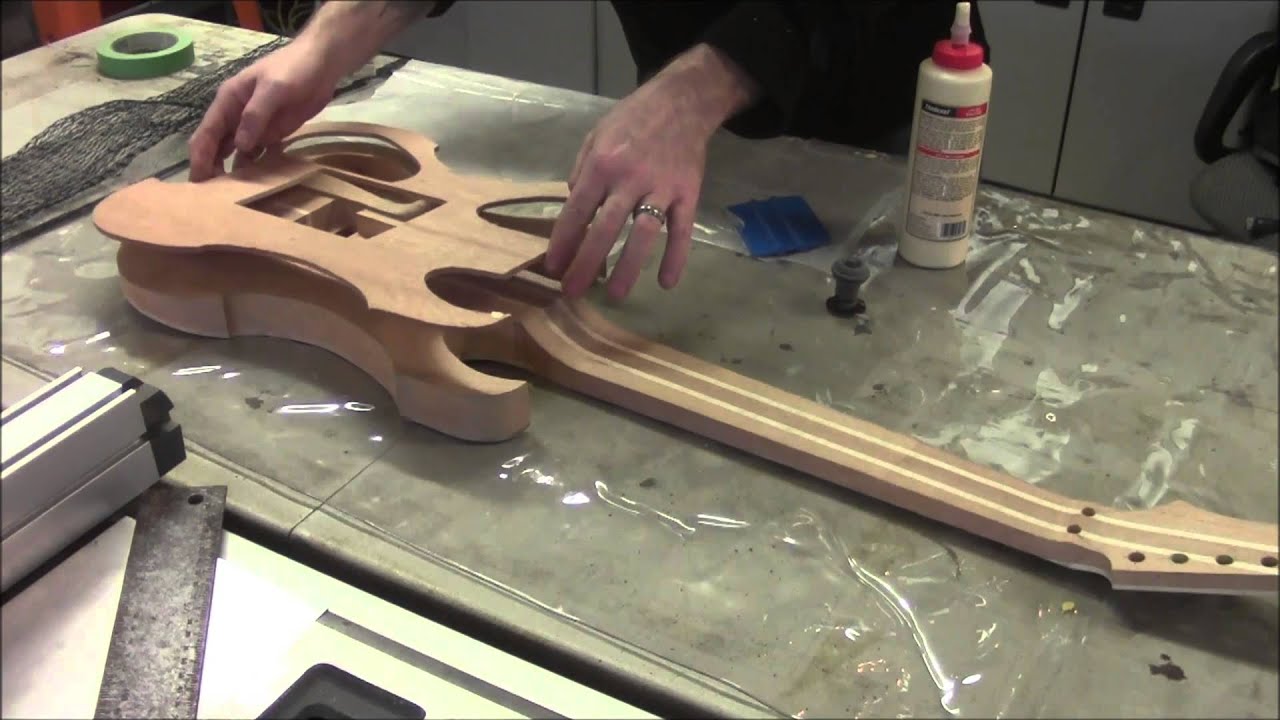Introduction
Electric guitars are versatile instruments that offer a wide range of tones and sounds, thanks in part to the pickup switch. This essential component allows guitarists to select different combinations of pickups, altering the instrument's sonic characteristics. Understanding how to use an electric guitar pickup switch effectively can significantly enhance your playing experience and expand your creative possibilities.
Whether you're a beginner or an experienced guitarist, mastering the pickup switch opens up a world of sonic exploration. In this guide, we'll delve into the fundamentals of the pickup switch, explore basic and advanced techniques, and provide valuable tips to help you harness the full potential of this indispensable feature.
The pickup switch, often located near the guitar's knobs or on the pickguard, is a pivotal control that determines which pickups are active and how they are combined. By manipulating this switch, you can achieve a wide spectrum of tones, from bright and twangy to warm and mellow, making it an integral tool for shaping your sound.
Understanding how the pickup switch functions and how to use it effectively is crucial for any guitarist looking to expand their sonic palette. Whether you prefer the searing crunch of a bridge pickup or the smooth warmth of a neck pickup, the pickup switch empowers you to effortlessly transition between different tonal flavors, adding depth and dimension to your playing.
In the following sections, we'll explore the various positions of the pickup switch, offer tips for optimizing its use, and delve into advanced techniques that can elevate your playing to new heights. By the end of this guide, you'll have a comprehensive understanding of how to wield the electric guitar pickup switch to unlock a world of captivating tones and textures. So, let's dive in and demystify the art of manipulating the pickup switch to elevate your guitar playing.
Understanding the Pickup Switch
Before delving into the practical aspects of using an electric guitar pickup switch, it’s essential to grasp the underlying principles of this crucial component. The pickup switch, also known as the selector switch, is a lever or toggle that allows you to choose which pickups are active and how they are combined. Typically, electric guitars feature multiple pickups, such as the bridge, middle, and neck pickups, each offering distinct tonal characteristics.
When you manipulate the pickup switch, you’re essentially determining which pickups will contribute to the sound output. This selection significantly influences the overall tone, volume, and timbre of the instrument. The pickup switch can be a simple three-way toggle, a five-way blade switch, or a more complex rotary switch, depending on the guitar’s configuration.
Understanding the basic anatomy of the pickup switch is crucial. A three-way switch, for instance, typically offers three positions: bridge pickup only, both bridge and neck pickups together, and neck pickup only. On the other hand, a five-way switch provides additional combinations, allowing for the selection of individual pickups as well as various combinations of multiple pickups.
It’s important to note that each pickup contributes its unique sonic qualities to the overall sound. The bridge pickup tends to deliver a brighter, sharper tone with enhanced treble frequencies, making it ideal for cutting through the mix and delivering searing lead lines. Conversely, the neck pickup produces a warmer, rounder sound with rich bass tones, making it well-suited for soulful rhythm playing and smooth, expressive leads.
By understanding the sonic characteristics of each pickup and how they interact when combined, you can strategically utilize the pickup switch to sculpt your desired tone. Experimenting with different pickup combinations can reveal a wealth of tonal possibilities, allowing you to tailor your sound to suit various musical styles and playing techniques.
As we delve deeper into the functionality of the pickup switch, you’ll gain a comprehensive understanding of how to leverage this essential tool to unlock a diverse array of tones and textures. Let’s explore the fundamental positions of the pickup switch and how they shape the sonic landscape of the electric guitar.
Basic Pickup Switch Positions
Understanding the basic pickup switch positions is fundamental to harnessing the full sonic potential of an electric guitar. The most common pickup switch configurations are the three-way and five-way switches, each offering distinct combinations that shape the instrument’s tonal palette.
With a three-way pickup switch, the following positions are typically available:
- Bridge Pickup: In this position, only the bridge pickup is active. This setting yields a bright, cutting tone, making it ideal for lead guitar work and genres that require a pronounced high-end presence.
- Both Pickups: Engaging this position activates both the bridge and neck pickups simultaneously. This configuration combines the distinct tonal qualities of each pickup, resulting in a balanced, versatile sound suitable for a wide range of playing styles.
- Neck Pickup: Selecting this position activates the neck pickup exclusively. Known for its warm, rounded tone, the neck pickup delivers rich, full-bodied sounds, making it well-suited for rhythm playing, melodic lines, and expressive solos.
On the other hand, a five-way pickup switch provides additional versatility by offering the following positions:
- Bridge Pickup: Similar to the three-way switch, this position activates the bridge pickup on its own, delivering a crisp, treble-forward tone.
- Bridge and Middle Pickups: This setting engages the bridge and middle pickups simultaneously, offering a brighter, twangy sound that’s popular in country and funk music.
- Middle Pickup: Activating the middle pickup independently produces a balanced, smooth tone that’s well-suited for clean arpeggios and chordal playing.
- Middle and Neck Pickups: This position combines the middle and neck pickups, resulting in a warmer, fuller sound with enhanced bass response, ideal for bluesy leads and soulful phrasing.
- Neck Pickup: Selecting this position activates the neck pickup alone, delivering its characteristic warm, round sound that’s perfect for jazz, blues, and expressive lead playing.
By familiarizing yourself with these basic pickup switch positions, you can begin to explore the diverse tonal offerings of your electric guitar. Experimenting with different combinations will reveal an array of sonic textures, empowering you to tailor your sound to suit various musical genres and playing contexts.
Next, we’ll delve into valuable tips for using the pickup switch effectively, providing insights that will enhance your playing experience and expand your creative horizons.
Tips for Using the Pickup Switch
Mastering the art of using the pickup switch can significantly enrich your guitar playing experience and expand your sonic repertoire. Here are some valuable tips to help you make the most of this essential component:
- Experiment with Different Combinations: Take the time to explore the various pickup combinations offered by your guitar’s switch. Each combination yields a unique sonic character, so don’t hesitate to experiment and discover the tones that resonate with your musical style.
- Match the Tone to the Genre: Different musical genres often call for specific tonal qualities. For instance, the bright, cutting sound of the bridge pickup may be well-suited for rock and metal, while the warm, mellow tones of the neck pickup may complement jazz and blues styles. Tailoring your pickup selection to the genre can enhance the authenticity and impact of your playing.
- Utilize the Middle Position for Versatility: When using a two-pickup configuration, such as the bridge and neck pickups, engaging the middle position on the pickup switch can provide a balanced, versatile tone that’s suitable for a wide range of playing styles. This setting can be particularly effective for rhythm playing and clean, chord-based passages.
- Explore the Tone Controls in Conjunction with the Pickup Switch: The tone knobs on your guitar can further shape the sound of each pickup. Experiment with adjusting the tone controls in combination with different pickup selections to fine-tune your desired sound.
- Consider Pickup Height and Pole Piece Adjustment: The distance between the pickups and the strings, as well as the individual pole piece heights, can influence the overall output and tonal balance of each pickup. Making subtle adjustments to these elements can further refine your instrument’s sound.
- Embrace the Blend of Pickups: If your guitar features a combination of single-coil and humbucking pickups, exploring the blend of these distinct pickup types can yield a rich, complex sonic palette. Embracing the unique characteristics of each pickup type can add depth and dimension to your playing.
By integrating these tips into your playing approach, you can unlock the full expressive potential of the pickup switch and tailor your guitar’s sound to suit a diverse array of musical contexts. The pickup switch is a versatile tool that empowers you to sculpt your sonic identity and explore a myriad of tonal possibilities.
Now, let’s delve into advanced techniques for utilizing the pickup switch, offering insights that will elevate your playing to new heights and inspire your musical creativity.
Advanced Techniques
Once you’ve familiarized yourself with the basic functions of the pickup switch, delving into advanced techniques can further expand your sonic repertoire and enhance your expressive capabilities as a guitarist. Here are some advanced approaches to using the pickup switch:
- Partial Engagements: Experiment with partially engaging the pickup switch positions to blend the output of different pickups. For instance, gently resting the switch between the bridge and middle positions on a five-way switch can produce a unique, intermediate tone that combines elements of both pickups.
- Dynamic Switching During Performance: Incorporate dynamic pickup switching into your live performances to add texture and variety to your playing. Seamless transitions between different pickup combinations can inject new energy into your music and captivate your audience.
- Utilize Pickup Phasing: If your guitar features multiple pickups, explore the phasing effects that occur when certain combinations are engaged. Phasing can yield intriguing, ethereal tones that add a distinctive character to your playing.
- Parallel and Series Wiring: Some guitars offer the option to reconfigure the pickups’ wiring from parallel to series, altering the way they interact. Experimenting with these wiring configurations can yield unique tonal characteristics and enhance your sonic palette.
- Blend with External Effects: Integrate external effects pedals, such as overdrive, distortion, or modulation, with specific pickup combinations to create complex, layered sounds. The interaction between different pickups and effects can yield rich, textured tones.
- Customize Pickup Configurations: If your guitar allows for custom pickup configurations, consider experimenting with non-traditional combinations. Mixing and matching pickups in unconventional ways can lead to the discovery of innovative, signature tones.
By incorporating these advanced techniques into your playing repertoire, you can unlock a wealth of creative possibilities and elevate your sonic expression to new levels. The pickup switch, when wielded with finesse and creativity, becomes a powerful tool for shaping your musical identity and delivering captivating performances.
With a comprehensive understanding of both the basic and advanced aspects of using the pickup switch, you are well-equipped to explore the full potential of this essential feature and infuse your playing with a diverse array of captivating tones and textures.
Conclusion
As we conclude our exploration of the electric guitar pickup switch, it’s evident that this seemingly simple component holds the key to a vast sonic landscape. By understanding the fundamental functions, basic positions, and advanced techniques of the pickup switch, you have embarked on a journey to unlock the full expressive potential of your instrument.
The pickup switch empowers you to seamlessly transition between different tonal palettes, from the bright, cutting sound of the bridge pickup to the warm, mellifluous tones of the neck pickup, and various combinations in between. This versatility allows you to tailor your sound to suit diverse musical genres, playing styles, and creative expressions.
By embracing the tips for using the pickup switch effectively, you can refine your sonic identity and sculpt your guitar’s sound to resonate authentically with your musical vision. Whether you’re a seasoned guitarist or a budding musician, the pickup switch serves as a gateway to a world of captivating tones and textures, inviting you to explore, experiment, and innovate.
As you continue to hone your skills and expand your musical horizons, remember that the pickup switch is not merely a technical control, but a conduit for artistic expression. Dynamic, nuanced, and endlessly versatile, it invites you to infuse your playing with personality and emotion, enhancing your musical narratives and captivating your listeners.
With each flick of the switch, you wield the power to shape the sonic landscape, to evoke moods, and to convey stories through the language of music. The pickup switch, in its unassuming placement on the guitar, becomes a catalyst for creativity, a source of inspiration, and a testament to the boundless possibilities that await within the realm of sound.
As you embark on your musical journey, may the pickup switch be your faithful companion, guiding you through a symphony of tones and textures, and inspiring you to craft melodies that resonate deeply with your audience and yourself.
So, pick up your guitar, embrace the versatility of the pickup switch, and let your music reverberate with the richness of expression that only a well-mastered pickup switch can unlock.







